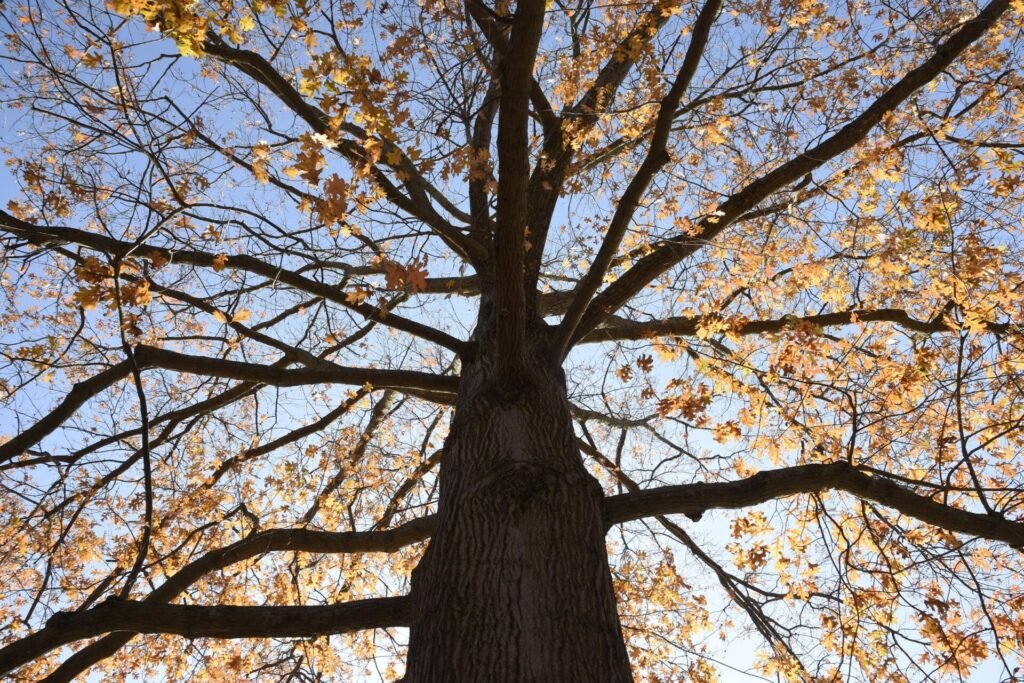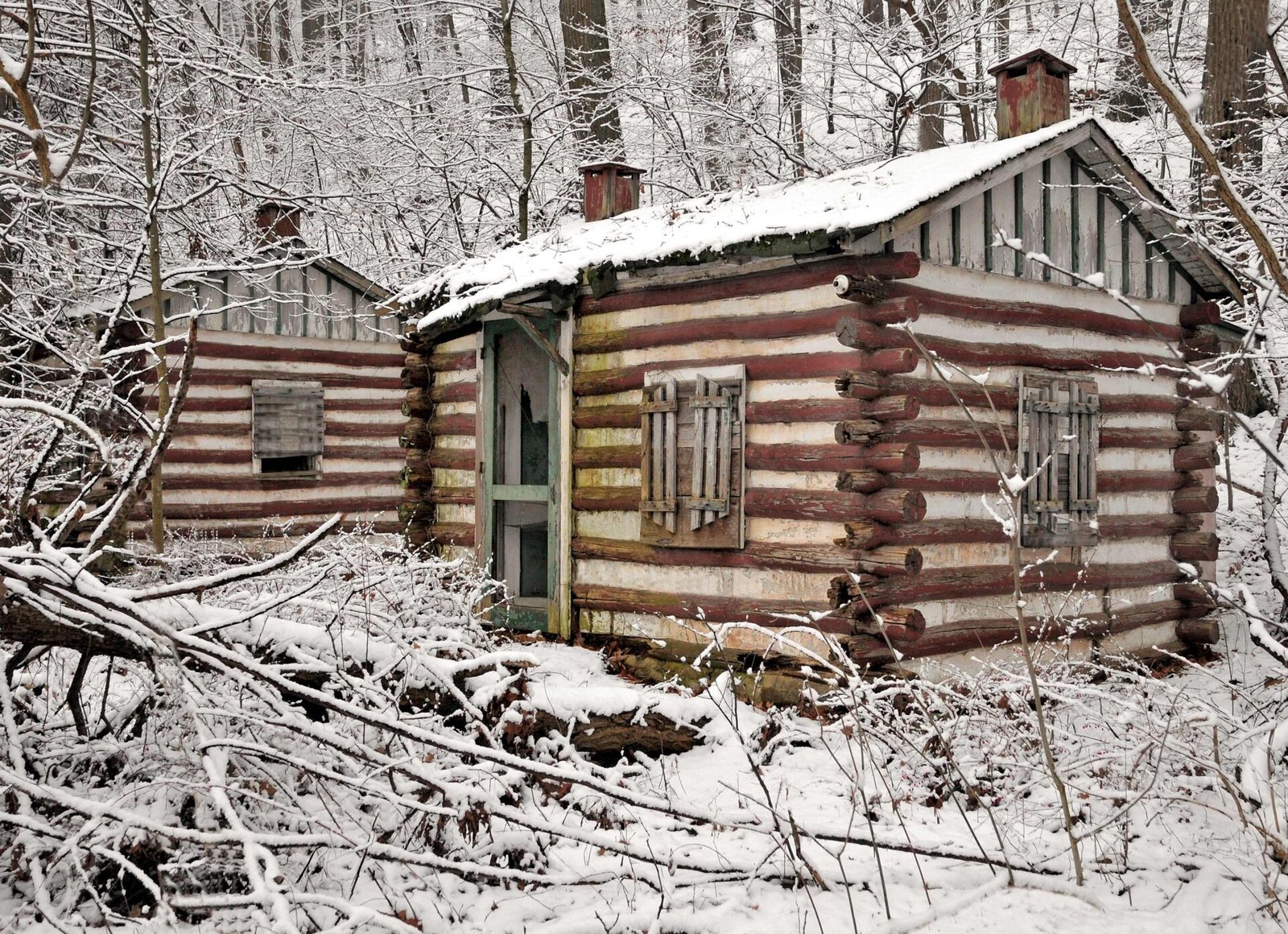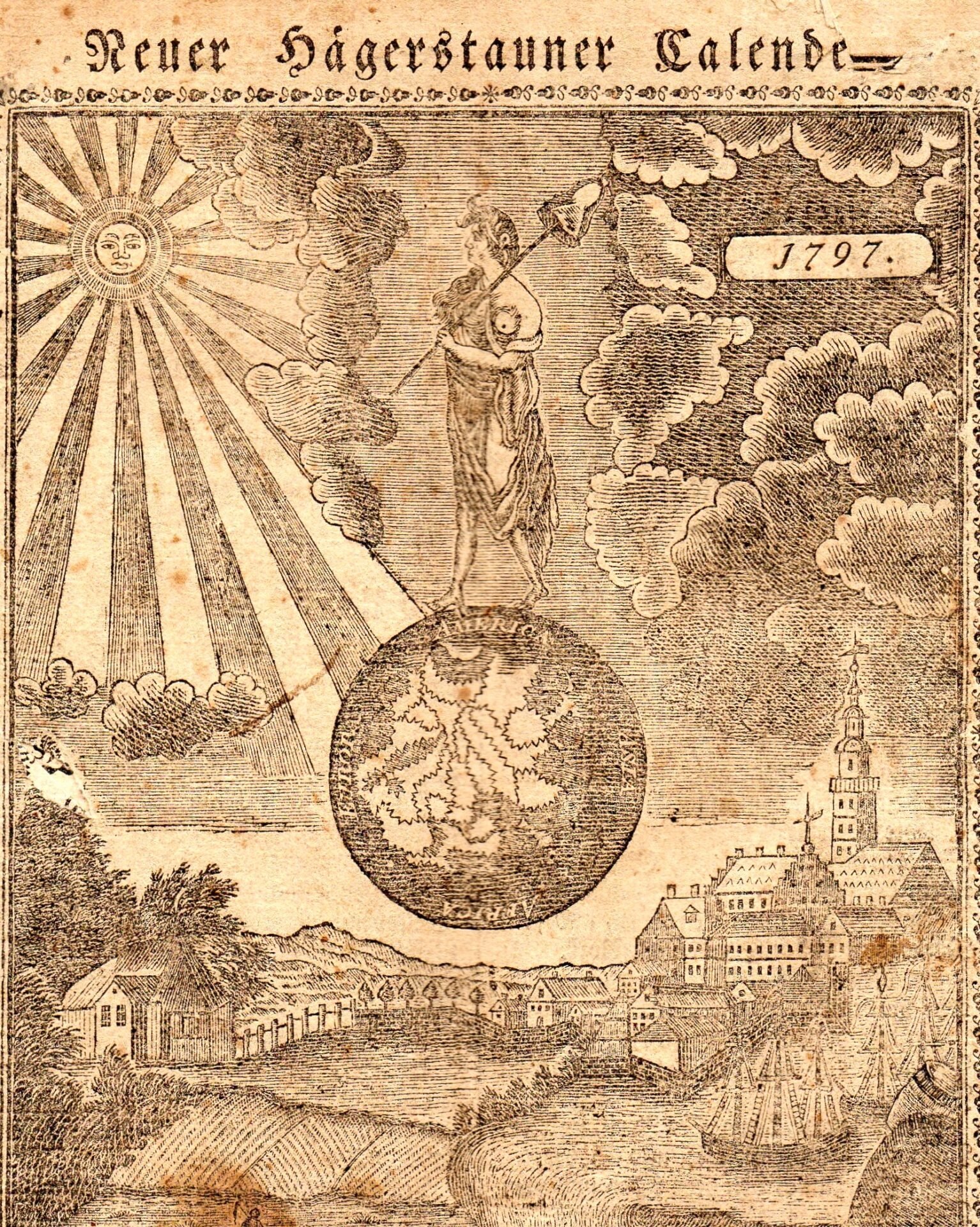Pennsylvania has a forest planted inside its state name. This sylvan reference is fitting, since at its inception “Penn’s Woods” was a 29-million-acre territory covered 99% by forests. Sadly, that natural blessing was in danger of being destroyed by 1900. Reckless industries and unchecked growth left behind rampant deforestation, making some areas resemble deserts more than woodlands.
But thanks to one man, and many who adopted his visionary ideals, that destructive tide was turned. In south-central Pennsylvania, one town became an important training ground and laboratory for the sustainable forestry movement. That place is Mont Alto.
Originally called Funkstown, then later Altodale, Mont Alto is situated on the west branch of Antietam Creek. The town has an idyllic natural setting with the ancient Appalachian Mountains nearby, home to a hybrid of north/south flora and fauna. In its early history, Mont Alto also had a thriving iron works that employed 500 workers.
During the 1800’s, in another part of the state, a man was following a pre-ordained path that would eventually bring him to Mont Alto, and forever alter Pennsylvania’s natural resources.
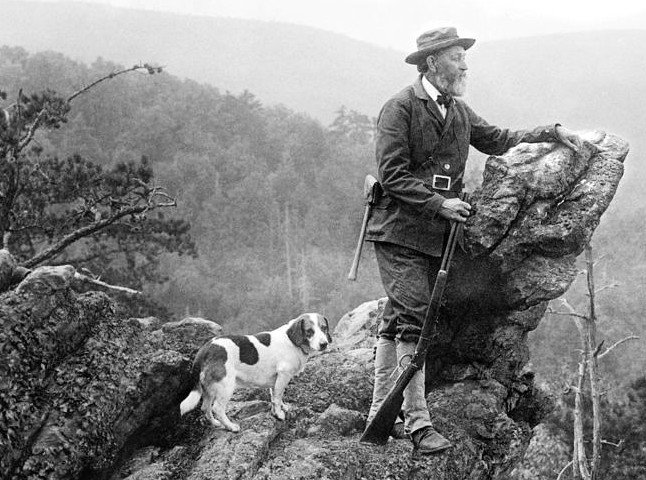
Joseph Rothrock (1839-1922) grew into an extraordinary man. Sickly as a child, he began walking in the Pennsylvania woods to combat illness. Through these hikes, Rothrock fell in love with forests. With revitalized vigor, Joseph set out on an adventurous life.
Rothrock first earned a botany degree from Harvard. Shortly after, he enlisted in the Union Army, and was seriously wounded during the Civil War battle of Fredericksburg. Undaunted, Joseph pushed onward, and was awarded a Doctor of Medicine degree in 1867 from the University of Pennsylvania.
With boundless energy and wanderlust, Rothrock then went exploring. He traveled to British Columbia to help Western Union extend telegraph lines into that territory. In 1873, he was the official botanist and surgeon for an American west expedition where he cataloged new botanical finds. Rothrock later studied in Germany, where he first became acquainted with professional forestry techniques.
When Rothrock returned to America, he started lecturing about the country’s duty to protect its native trees. Few paid attention, but the Pennsylvania Forestry Association formed in 1886. Naturally, Rothrock was the group’s first President. Rothrock was eventually appointed Pennsylvania’s first Forest Commissioner in 1895.
The condition of American forests at the turn of the 20th century was appalling. The fuel for growth during the industrial revolution was trees, and forests were logged and pilfered indiscriminately with little thought of future renewal. This pillaging caused massive erosion, regular flooding, and created tinder for fires. Once in a position of environmental influence, Joseph Rothrock considered the devastation and made a dire prediction: “Unless we reforest, Pennsylvania’s highlands will wash into the ocean.”
Pennsylvania’s 1800’s iron industry was toxic to the environment. To create the charcoal for each massive furnace, an acre of forest was cut down each day. Some mining practices leeched harmful byproducts into the soil, further endangering potential reforestation. Rothrock felt the industry couldn’t be trusted to manage forests wisely. “Woodsmen are plentiful, foresters are scarce,” he said.
Rothrock considered two solutions: import professional forest managers from Europe, or train them himself in Pennsylvania. At the time, only a few forestry educational facilities existed in America.
One initial thrust of Rothrock’s Pennsylvania’s new forest department was purchasing parcels of wooded land for preservation. In Mont Alto, the local iron works company owned tens of thousands of acres, and prospered under the guidance of owner Colonel George Wiestling, an energetic entrepreneur. To further promote Mont Alto, Wiestling built a theme park, complete with a dance pavilion, gymnasium, and shooting gallery. He also created his own railroad and built a nearby sanitarium.
But after Wiestling’s death in 1891, his heir agreed to sell the Mont Alto Iron Company’s land to the state. This 33,000 acres in Franklin and Adams Counties was the beginning of the Michaux State Forest. By the time Rothrock completed his career in Pennsylvania, 443,000 acres would be added to State Forest land.

Next, Rothrock recruited a young man named George Wirt. Wirt (born in 1880) was the son of a Rothrock hometown friend. George expected to pursue an engineering career but Rothrock put him on a different path, advising Wirt to attain a forestry education at North Carolina’s Biltmore Forest School.
Freshly trained, Wirt returned to Pennsylvania, eager to start a new career. With youthful energy and a sharp intellect, Wirt quickly became a valued partner. As the state’s first professionally trained forester, Wirt’s biggest motivation throughout his career was preventing and fighting forest fires.
Joseph Rothrock continuously lobbied for a new forestry school, and thought it should be situated on Pennsylvania forest property. Just like a doctor needed a hospital to learn practical medicine, he insisted foresters be trained in proximity to woodlands. But Rothrock’s new education concept was constantly thwarted by state government officials.
Finally, in Mont Alto, the perfect ingredients came together. There, Rothrock controlled the former Mont Alto Iron Company forest land, inherited the company buildings Wiestling left behind, and enjoyed a small but dedicated staff led by George Wirt. In 1902, Rothrock went forward, preparing the new Mont Alto campus. By the following year, Governor Pennypacker saw Rothrock’s and Wirt’s amazing progress and finally granted the school its funding and official recognition.
The new Pennsylvania State Forest Academy was modeled after military schools at West Point and Annapolis. It was the first and only school ever created specifically to train future foresters for duty in Pennsylvania. George Wirt was the academy’s first Director.
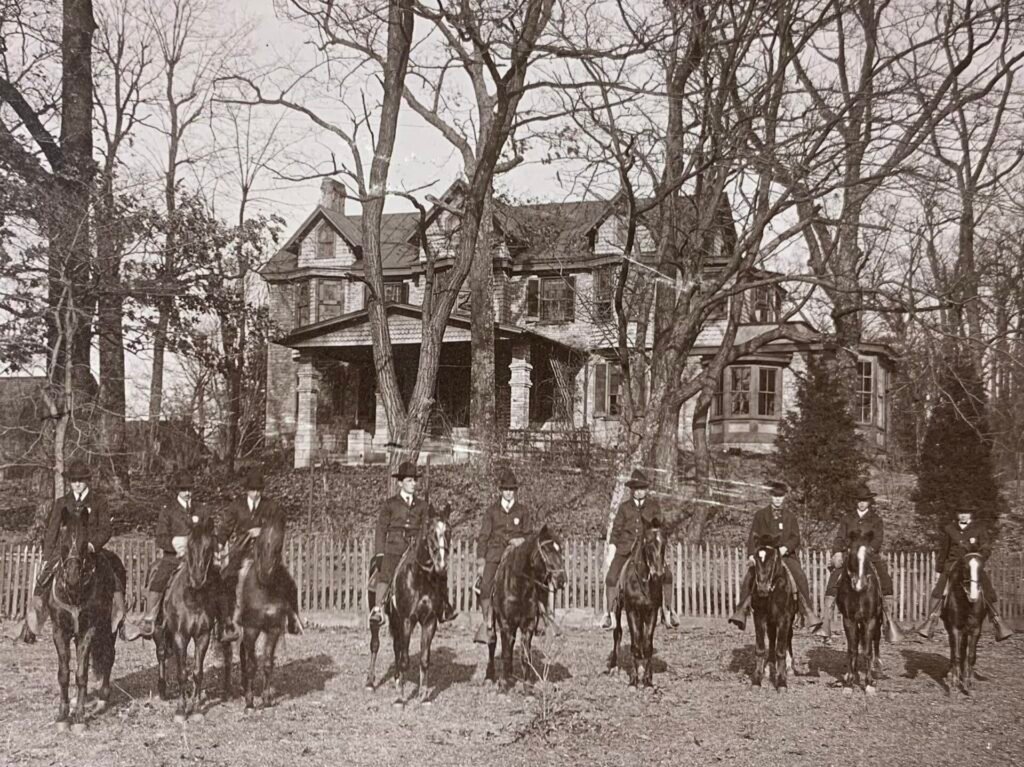
Early Mont Alto Forest Academy students wore dinks (hats) and had signs placed around necks announcing their nicknames. All enrollees were required to bring a horse to help fight forest fires. Thirteen young men entered the first Mont Alto class. Six would graduate. One of those first graduates in 1906 was Ralph Brock. Brock was recruited by Rothrock and became the first African-American forester in United States history.
In the 1910s and 20s, enrollment at the school slowly increased. Trees were planted, fires were suppressed, and gradually, the school earned notice. In 1927, 22 foresters graduated from its program. Wirt earlier moved on to a state forestry position, and Rothrock had passed away. A new generation of leadership took the reins at Mont Alto.
In the late 1920s, Pennsylvania’s only land-grant University, Penn State, saw a need to develop satellite campuses. With PSU’s original founding mission of bringing science into agriculture, the Mont Alto Forestry Academy was a potential sturdy branch on PSU’s new family tree. Also by this time, Penn State had started its own forestry program at the main campus. Pennsylvania was funding two similar programs at different locations, so consolidation was debated.
When the Penn State takeover was announced in 1929, Mont Alto’s students were furious. They hung two state officials in effigy from Conklin Hall windows. A large bonfire was also held in protest. Many angry students transferred to North Carolina State University to finish their studies.
Eventually, the Mont Alto merger into PSU was a welcome advancement for students. Since then, the blended resources of the Mont Alto and main campus forestry programs have conducted important research that protects wildlife habitat, combats tree diseases, and promotes reforestation on State Forest and private lands.
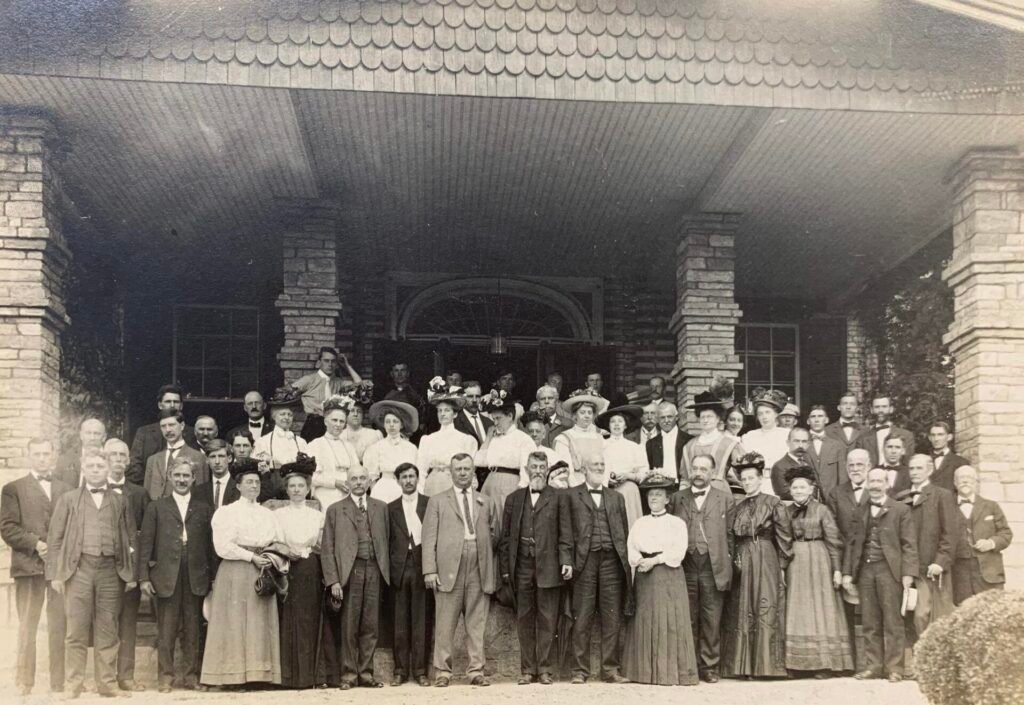
In 1963, the Penn State Mont Alto campus began offering a wider range of educational opportunities. While PSU-Mont Alto has grown to nearly 700 undergraduate students in multiple fields of study, the original forestry ideal remains an integral part of the University. “Our mission has always been to sustain forest ecosystems in Pennsylvania,” said Kimberly Bohn, a Professor in Mont Alto’s Forest Technology Program.
Joseph Rothrock will always be celebrated for his pioneering work. As the architect of the local sustainable forest movement, he has earned the nickname, “Father of Pennsylvania Forestry”. George Wirt, with all the able administrators and instructors who followed him, were the gardeners who tended the seedlings Rothrock planted.
Iron-man Colonel Wiestling is also remembered in Mont Alto. The dance pavilion he built, an architectural wonder, is the centerpiece of Mont Alto State Park; the oldest park in Pennsylvania’s system. Stories circulate that the Colonel’s ghost, (or the wandering soul of a murdered dining hall employee named Sarah), still rattle around the Colonel’s (1807) former home, Wiestling Hall, now the eldest campus building in the Penn State system.
Shortly after the forest school was founded, students went off into the woods and collected native tree species and planted them on the grounds. The 1905 arboretum they created survives to this day, with scores of campus trees marked, all identifiable through online resources. These mighty species are a reminder of nature’s incredible resilience, when managed wisely or simply left alone. Today, these majestic trees cast historic shadows on Mont Alto’s campus, a testament to the sustained legacy of its conservation efforts.
